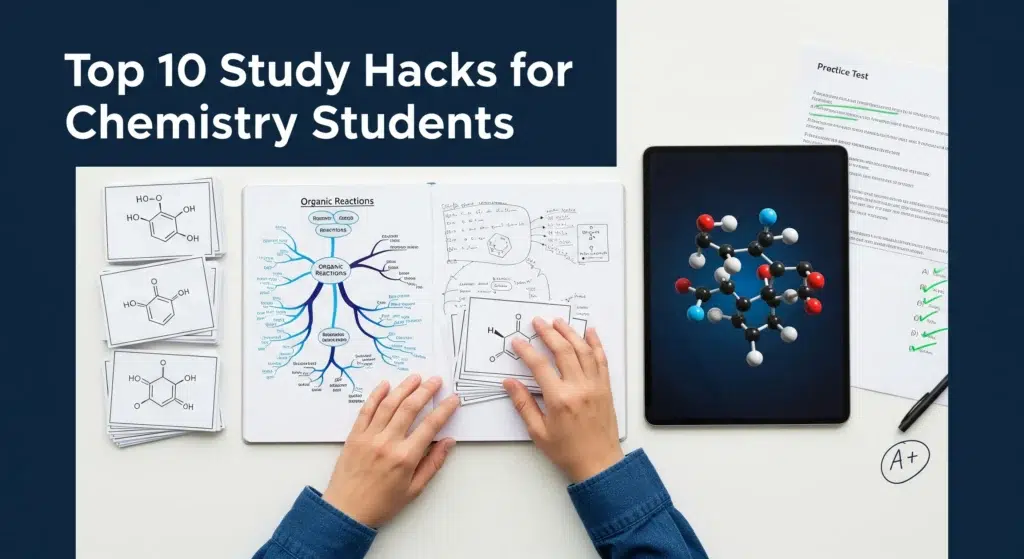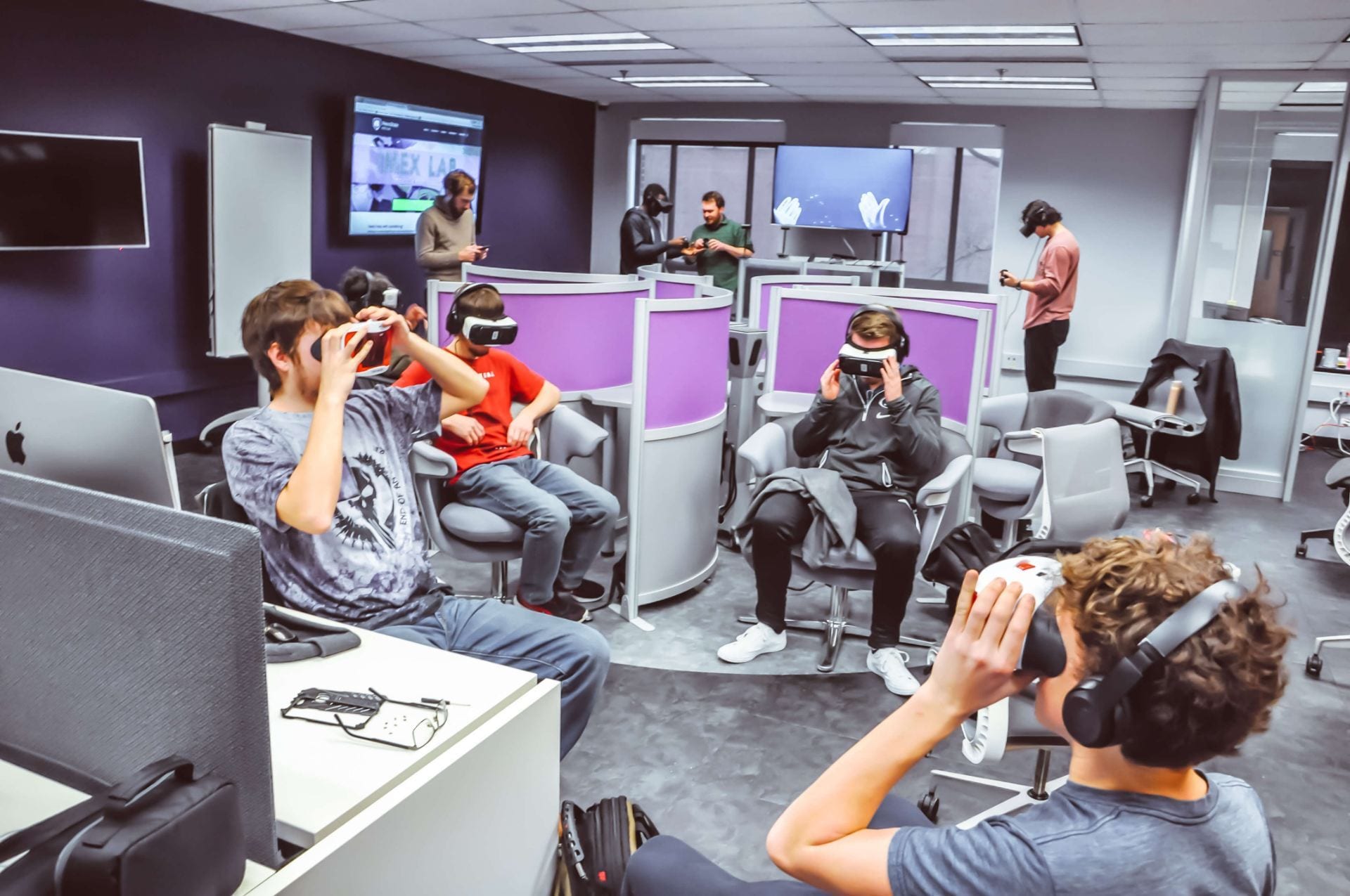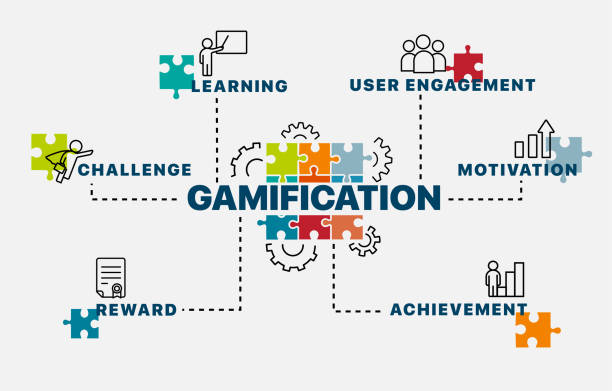
🧠 Introduction: Study Smart, Not Just Hard
Many students believe that more hours = better results.
But research consistently shows that how you study matters more than how long you study.
This article breaks down 10 proven study techniques—based on cognitive psychology, neuroscience, and education research—that help you learn faster, remember more, and perform better in exams.
Let’s upgrade your study game.
📘 1. Active Recall – The King of Learning
“Don’t just review—retrieve.”
Active recall means testing yourself, not just rereading notes.
🛠 How to Use It:
- Cover your notes and recite answers from memory
- Use flashcards (Anki, Quizlet)
- Teach the concept to someone else
- Ask yourself: “What did I just read?”
Why it works:
Recalling strengthens neural pathways and enhances long-term retention.
🧪 2. Spaced Repetition – Beat Forgetting Curve
Our brains forget most new information within days unless we review it at spaced intervals.
🛠 How to Use It:
- Schedule reviews at increasing intervals (1 day → 3 days → 7 days → 14 days)
- Use spaced repetition tools like Anki or RemNote
- Combine with flashcards or practice questions
Why it works:
Spacing taps into your brain’s memory consolidation process.
📊 3. The Feynman Technique – Learn by Teaching
“If you can’t explain it simply, you don’t understand it well enough.”
🛠 Steps:
- Choose a concept
- Explain it in simple terms—as if teaching a 10-year-old
- Identify gaps
- Review, refine, and re-explain
Why it works:
Teaching forces you to clarify your understanding and fill knowledge gaps.

📄 4. Interleaved Practice – Mix It Up
Instead of studying one subject/topic repeatedly (blocked practice), alternate between subjects or problem types.
🛠 Example:
- Study Math, then switch to Biology, then History
- Or mix algebra, geometry, and calculus problems instead of doing just one
Why it works:
Interleaving helps your brain distinguish between concepts, which improves problem-solving.
🔄 5. Dual Coding – Visual + Verbal Learning
Combine words and visuals to enhance comprehension and memory.
🛠 How to Use It:
- Create mind maps, timelines, or flowcharts
- Annotate diagrams with short explanations
- Watch videos + take notes side-by-side
- Turn text into visuals
Why it works:
Using multiple modes engages more areas of your brain, improving recall.
⏳ 6. Pomodoro Technique – Boost Focus, Beat Burnout
This time management method helps break study into manageable chunks.
🛠 Steps:
- 25 minutes of focused study
- 5-minute break
- After 4 sessions, take a longer break (15–30 mins)
Why it works:
Prevents fatigue and helps maintain concentration.
🔥 7. Elaborative Interrogation – Ask “Why?”
Don’t just memorize—make connections.
🛠 How to Use It:
- Ask yourself: “Why does this fact make sense?” or “Why is it true?”
- Relate the info to something you already know
Why it works:
Forces your brain to integrate new info with prior knowledge, making it easier to retrieve later.
🗺️ 8. Mind Mapping – Structure Information Visually
Mind maps help organize complex ideas in a non-linear, visual format.
🛠 Tips:
- Start with the main topic in the center
- Branch out with subtopics, facts, or examples
- Use colors, arrows, and symbols for associations
Why it works:
Activates creativity and improves understanding of relationships between ideas.

🧘 9. Retrieval Practice Under Exam Conditions
Simulate test-like conditions to train your brain.
🛠 How to Use:
- Set a timer
- Use old exams or mock questions
- Do not look at your notes while answering
Why it works:
Improves exam readiness and reduces anxiety through desirable difficulty.
📓 10. Cornell Note-Taking Method – Organize Notes Effectively
This proven method makes reviewing easier.
🛠 How it works:
- Divide your page into three sections:
- Notes (right side)
- Cues/questions (left side)
- Summary (bottom)
- During review, cover the notes section and try to answer questions on the left
Why it works:
Encourages active review, reflection, and recall—all in one page.
🧩 Bonus Tip: Combine Techniques for Maximum Results
The best students don’t rely on just one method.
Here’s an example combo:
- Learn with mind maps (dual coding)
- Review with active recall + spaced repetition
- Practice using interleaving
- Schedule sessions with Pomodoro
✅ Conclusion: Study Like a Scientist
Studying isn’t about brute force. It’s about working with your brain, not against it.
Start applying just 2 or 3 techniques from this list today.
Track what works for you—and improve as you go.
“Smart learners don’t work harder. They learn how to learn.”









